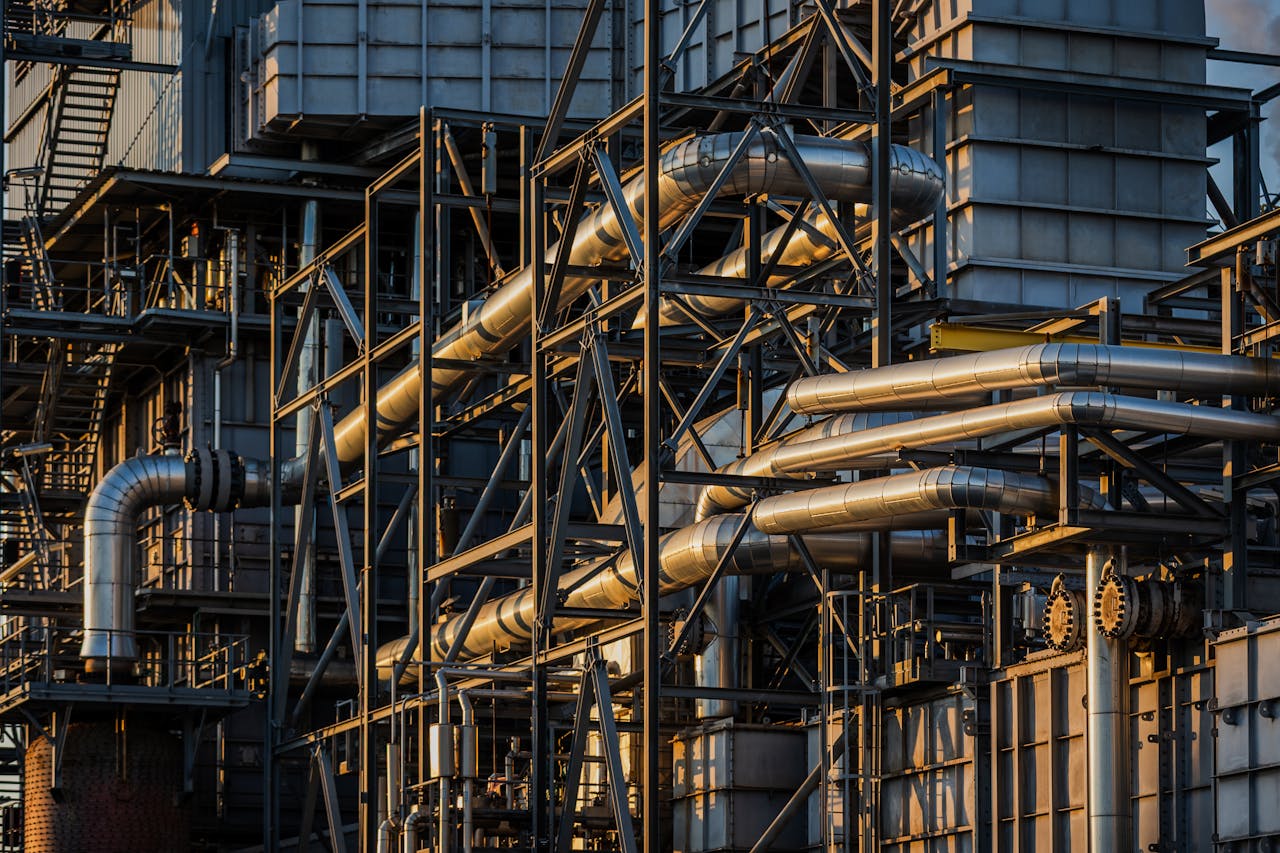“Productivity and efficiency can be achieved only step by step with sustained hard work, relentless attention to detail, and insistence on the highest standards of quality and performance.“
J.R.D Tata
What is quality control?
Unlike tertiary industries that render services for which the cost of poor performance may be ‘cosmetic’, having no direct or indirect effect on human life, the manufacturing industry is not so bio neutral. Here, the expectation for products that conform to industry and customer expectations is rooted in the potentially fatal consequences of poor-quality products. These products may also bring negative ‘publicity’ to the manufacturer and can have high incremental costs, depending on when defects are discovered in the production cycle.
For many years, the industry’s approach was to prioritize cost reduction over the quality of manufactured products. Raw materials were purchased from the ‘cheapest’ suppliers, worker training and development programs were largely shunned and machines were used, without considering their suitability to fabricate high-quality products. Western attitudes began to change when the Japanese in the 1950s began applying Edward Deming’s quality-over-cost philosophy exerting significant clout in the global market as a result. The Japanese’s focus on product quality even had a positive effect on the cost of manufacturing!
In manufacturing, quality controls are systems put in place to ensure that the quality and consistency of products are maintained, and even improved upon. It involves the sound and quality-centric management of man, machine, and material assets. Robust quality controls implement best practices right from R & D and raw material sourcing, empowering manufacturers to ‘detect’ flaws before they occur. When combined with several quality checks in the production sequence, the likelihood of defective products reaching the hands of customers is significantly reduced.
An overview of the quality control process in manufacturing
Regulatory standards for quality exist to guide manufacturers in a variety of industries so that their products can be seamlessly assimilated into the global market. But the success of these standards largely depends on a factory’s operational readiness and structural capacity to function in line with the requirements.
First and foremost, there has to be a desire and commitment to actually manufacture products of good quality. This starts from the top management whose responsibility it is to unite stakeholders around the singular goal of premium quality. The top management will also sign off on a quality policy and formulate objectives that make it possible to achieve these goals. Moreover, they will assign supervisory roles and ensure that the factory’s odds of producing quality products are increased with worker training and the provision of quality hardware.
See also: MedTech: The 7 fundamental elements of an effective quality management system
How do manufacturers maintain quality?
At the product level, manufacturers can control quality by
- Optimizing assets
- Reducing waste
- Conducting inspection
- Asset optimization: The quality and consistency of a factory’s product is a reflection of the training afforded to their workers, the quality of raw materials used, and the working condition of the machines. Quality control by asset optimization is simply the methodological coordination of these three elements to ensure that the final output meets customer and regulatory requirements.
- Waste reduction: Efficiency is an important aspect of quality control and should be a feature on every shop floor. Efficient manufacturing reduces scraps and waste – a category in which most defective products fall (in the linear economy). Lean manufacturing and the 5S methodology are quality control approaches that manufacturers employ to find defects and improve the quality of their products.
- Inspections: Inspections are similar to ‘safety’ controls measures in that they prevent defects from getting into the manufacturing product stream. Even if defective products are somehow manufactured, post-production inspections ensure that these products are detected before reaching the customers. During production, one of the foremost process control methods in manufacturing is the statistical process control (SPC) where variable or attribute production variables are measured to observe the manufacturing process and monitor variations.
Does digitalization and industry 4.0 technologies make quality control easier?
Emphatically yes, they do! Quality control in the manufacturing industry has never been as easy and practicable as it is today. Starting from R & D and across every part of the supply chain, factories have near limitless control over the quality of their products. At product conception, machine learning and artificial intelligence help manufacturers to perform a thorough and comprehensive analysis of constituent data, and even model the material behavior upon interaction.
Worker training is incredibly rich with digital tools and Connected Worker Solutions, and on-the-job support can even be provided using remote assistance and virtual assist technology. Furthermore, the real-time condition of machines can be monitored with sensors connected in such a way that they activate alerts in mobile devices, from remote locations. With ultra-quality worker training and predictive maintenance regimes, the consistently high-quality manufactured product is easier to achieve.
Connected Worker Platforms automate Statistical Process Control and simplify a complicated process. Reading data feeds directly from the sensors or measuring device, the Platforms analyze the feeds, illustrate variations if any, and can proceed to plot a graphical control chart! And, additionally, the Platforms can also be used to optimize production materials and reduce waste, in keeping with lean manufacturing.



